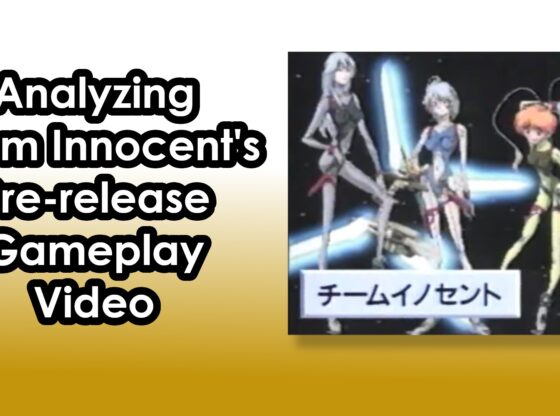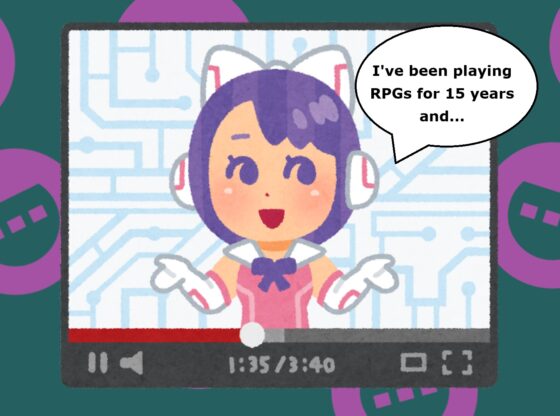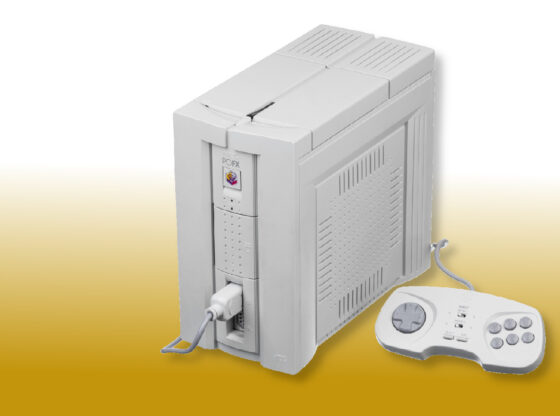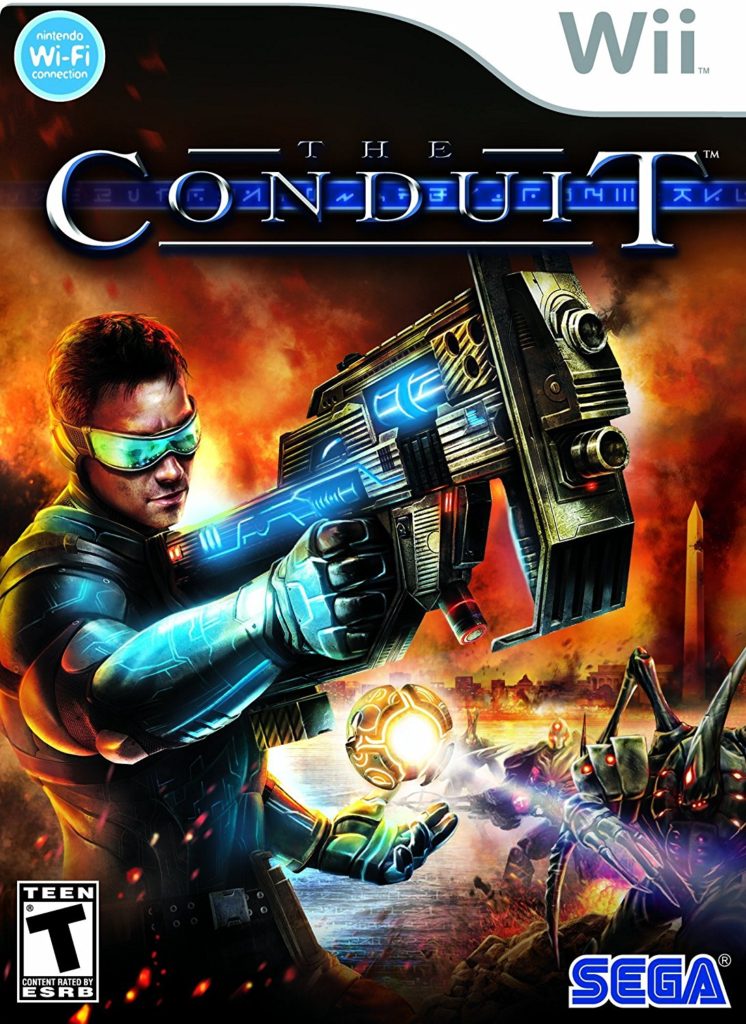
I’ve been a long time fan of the Wii. Initially it was because I was a Nintendo fan foaming at the mouth. But as I grew older during the Wii generation, I started liking the Wii specifically for its different takes on and unique implementations of certain genres. The design decisions made for the platform typically aimed to fit the motion controls or attempted to reach a wider audience. First Person Shooters seemed like a perfect fit for the console with the ability to perform precise aiming with the infrared pointer. As much as a no-brainer it seemed to be, the implementation was not so simple.
The original Red Steel might be the most disappointing game of the Wii’s launch. While in hindsight it’s easy to see why the sword combat failed to impress given the controller’s limitations, the point and shoot element of the system worked well. The actual problem came from the control of the character. The “Bounding Box” was a common term throughout the Wii’s life, essentially referring to the field in the middle of the screen where the player can aim without turning. The issue stemmed from this design was that the player can’t turn fast enough to be responsive to side or back attacks.
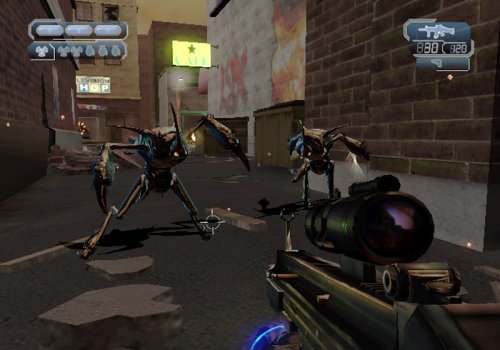
(Image Source: Amazon)
The Conduit was an attempt to get this implementation to work or die trying. The bounding box is significantly shrunk by default. More importantly, it offers a significant number of options to adjust player movement. While at times it can feel a bit D.I.Y. in terms of making the most effective control scheme, The Conduit is one of the better shooters on the system because of it. It’s just a shame it comes off as a bit generic. There’s really no describable style outside of “Alien Shoot’n Man: The Game”
Even with its improved controls, it does feel that the developers were aware that focusing on what’s in front of the player was still for the best. This decision was likely more due to poor AI, which keeps its eyes locked on you at all times… as well as through walls. It’s a problem that’s a lot less noticeable when they’re sitting at the end of the hall shooting at you.
Oddly enough, there are no real cover mechanics. A lot of the game is trying to land your shots while dancing around to reduce damage.
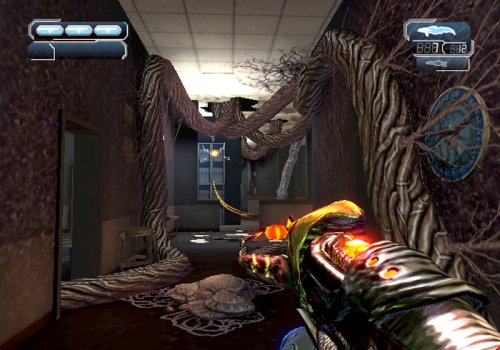
(Image Source: Amazon)
The back half of the game does have some alien weaponry that is neat in concept. You can control the trajectory or angle of shots by using the pointer and motion controls, though your standard submachine guns, pistols, and shotguns are ever present and largely get the job done. It can get pretty tough, so it is rewarding when you pull off a clever shot with some of the more fantastical weaponry.
The Conduit starts slow, yet it grew on me. There are multiple factions, all of which have their own reasons for being in this war. It’s nothing crazy, but a couple surprises are nice given how predictable it paints itself to be.

(Image Source: Amazon)
It may not make a lot of sense to play today from a content perspective. For a cheap price, it’s interesting to see what a developer could achieve when fully committed to the Wii Remote’s strengths. Now that motion controls seemed to be bound almost exclusively to Virtual Reality, The Conduit feels like one of the few games that truly achieved what shooters were meant to be on the Wii.







